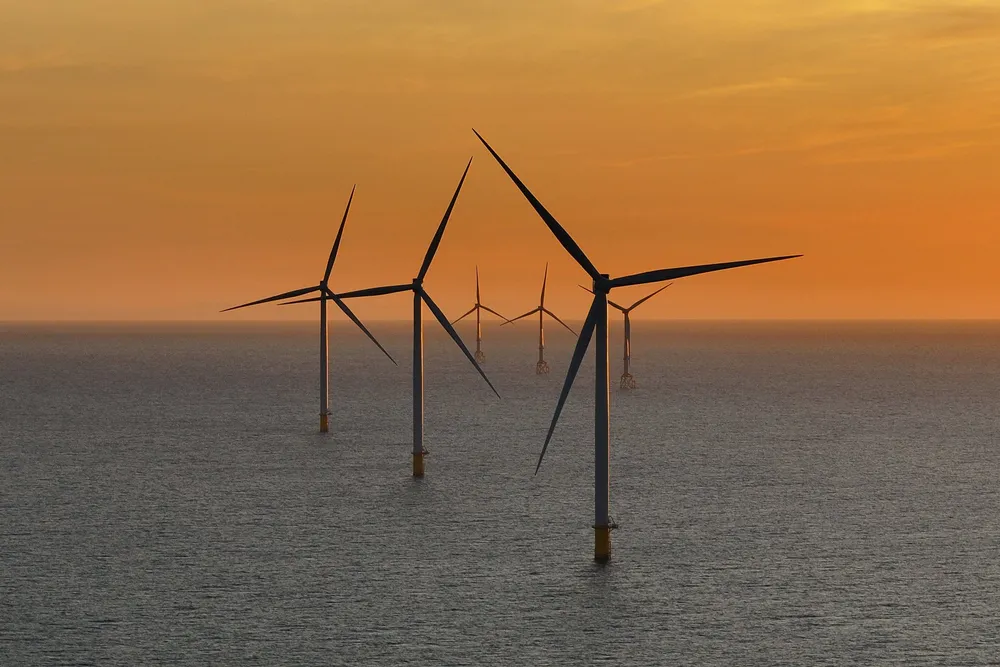Offshore wind giant exec weighs in on political upheaval for sector
Ocean Winds' commitment to markets where its sees fundamental need for at-sea power tested in US by Trump’s hostility

When global offshore wind developer Ocean Winds targets a market to enter, it first identifies if there is a “structural need for not renewables only, but for offshore wind,” the developer’s chief business development officer Rafael Munilla recently said on a podcast.
“You may be facing issues, maybe potential political change, but at the end of the day, if we have identified that there is a structural need for offshore wind, the market is going to be there,” he told Global Wind Energy Council (GWEC)’s offshore wind podcast.
“You may be facing a problem during four years, but if you are strong enough to survive and if the need is there, the market will remain,” he added.
This strategy has allowed Ocean Winds, a joint venture (JV) between France’s Engie and Portugal’s EDP, to develop a 15GW globe-spanning pipeline that includes projects in the UK, France, and Asia-Pacific.
But it's being put to the test most starkly in the US, where President Donald Trump’s war against the sector continues to claim casualties.
Trump’s Inauguration Day memorandum froze sector leasing and permitting and put existing arrays under review for potential termination.
The President's moves have stalled Ocean Winds' plays on the East and West coasts, including its Bluepoint Wind project on a $765m lease in the New York Bight and acreage in the deep waters off California.
The JV is also now in full control of the 2.4GW SouthCoast Wind array in the Massachusetts wind energy area (WEA) after former partner Shell’s departure last year.
This fully approved project has struggled with inflationary headwinds that resulted in the collapse of its original offtake contracts to Massachusetts.
It was re-contracted last year, with 1GW to Massachusetts and another 200MW to Rhode Island but has so far failed to finalise its offtake with local utilities on Trump uncertainty.
“Due to ongoing uncertainty caused by federal level activities, the counterparties have not yet completed their contract negotiations,” attorneys for the developers and utilities told the Massachusetts regulator last month after extending the deadline again, this time to the end of the year.
Munilla told GWEC: “The problem always is that as we are on top of political agenda now more than in the past, we may be exposed to changes depending on what happens in elections in some countries.”
But “if we have managed as an industry to explain well to politicians the need that they have for offshore wind and the benefits that offshore wind could bring” for both energy and industrial development, “we could manage even to be completely isolated from those moves,” he added.
The US industry has strenuously argued these points to Americans and their politicians for years and found a receptive audience in former President Joe Biden.
Biden’s 30GW by 2030 goal galvanized sector development, and his administration approved some 19GW that could have driven a largescale industry through 2030, even if falling short.
Instead, most analysts see the nation with 6GW of capacity by 2030 that will come through five projects already under construction.
Despite the gloom in the US industry, Munilla sees hope in governments “that remain committed to offshore wind, to their plans, to their calendars of options, to their plans on investing in supply chain regardless of the noise from what is happening in other places.”
US Northeast states and California retain offshore wind mandates and targets and their governors have mostly indicated ongoing commitment to sector development.
“Markets that remain attached to that, regardless of a specific situation that is happening in a specific moment, that’s something that is important,” he added.
(Copyright)